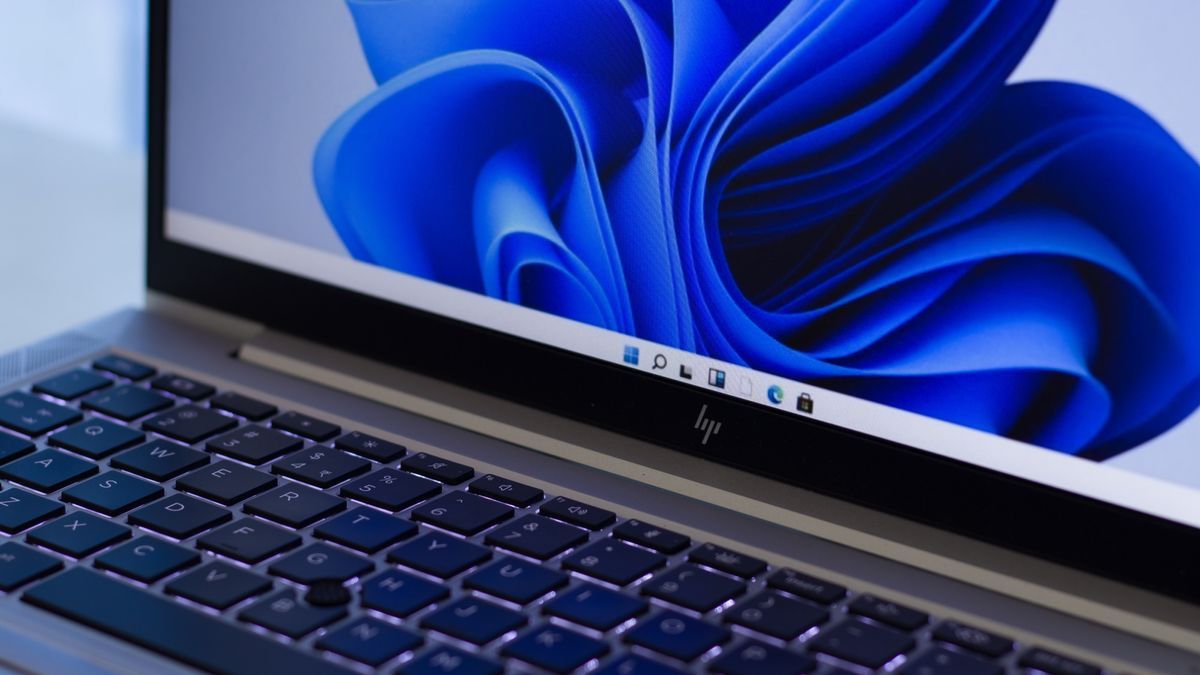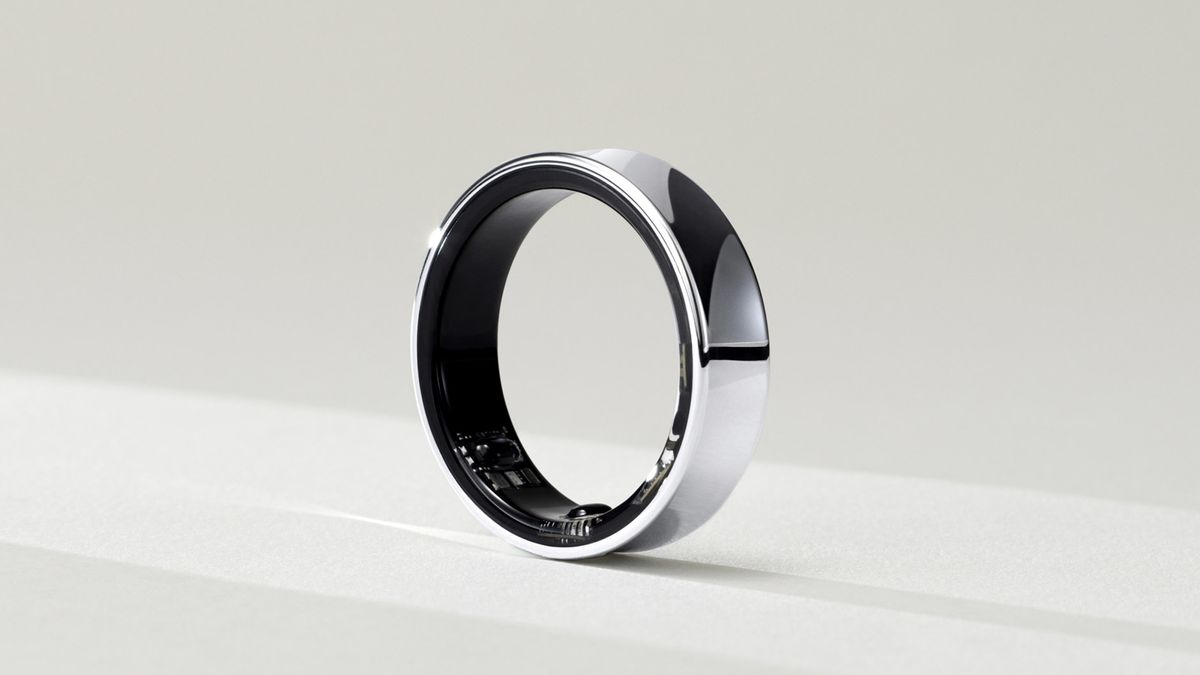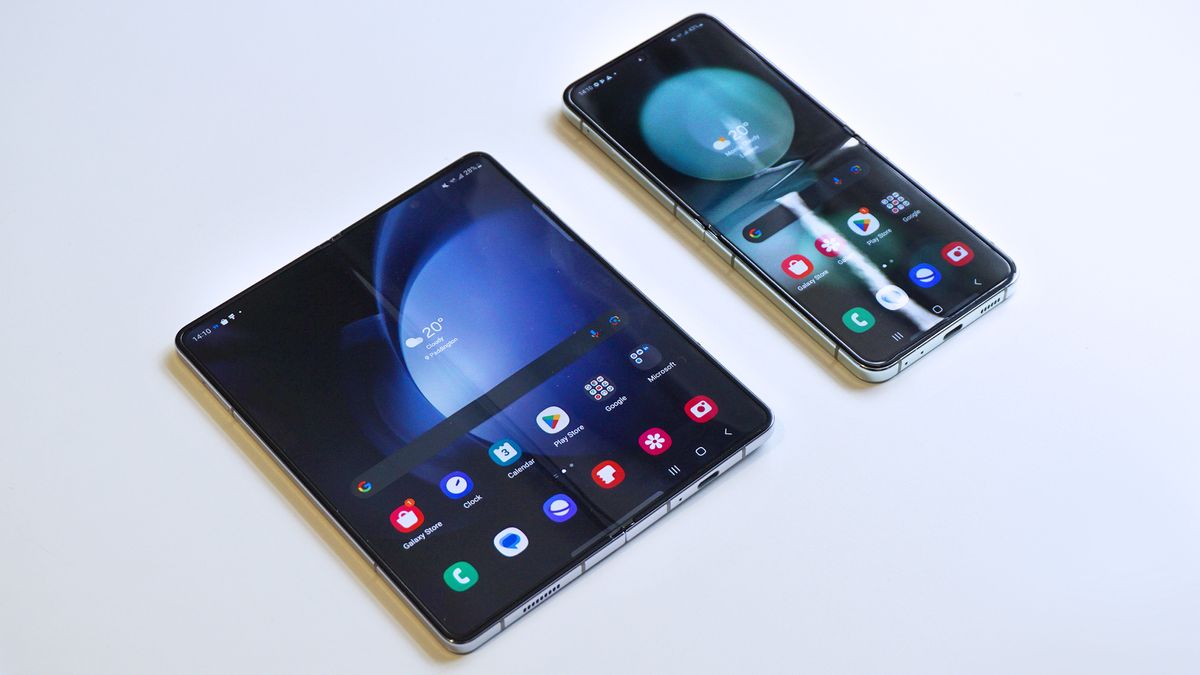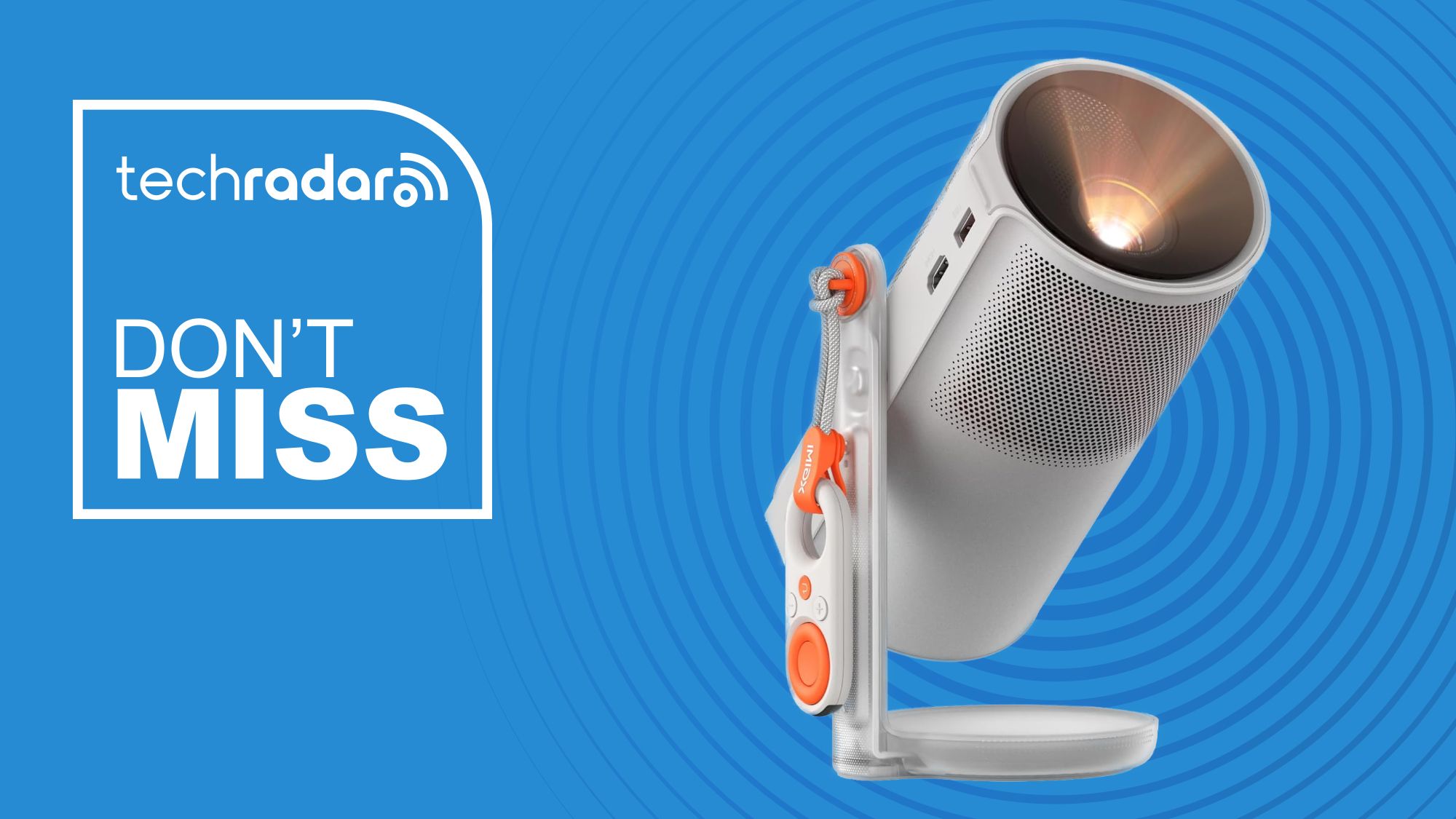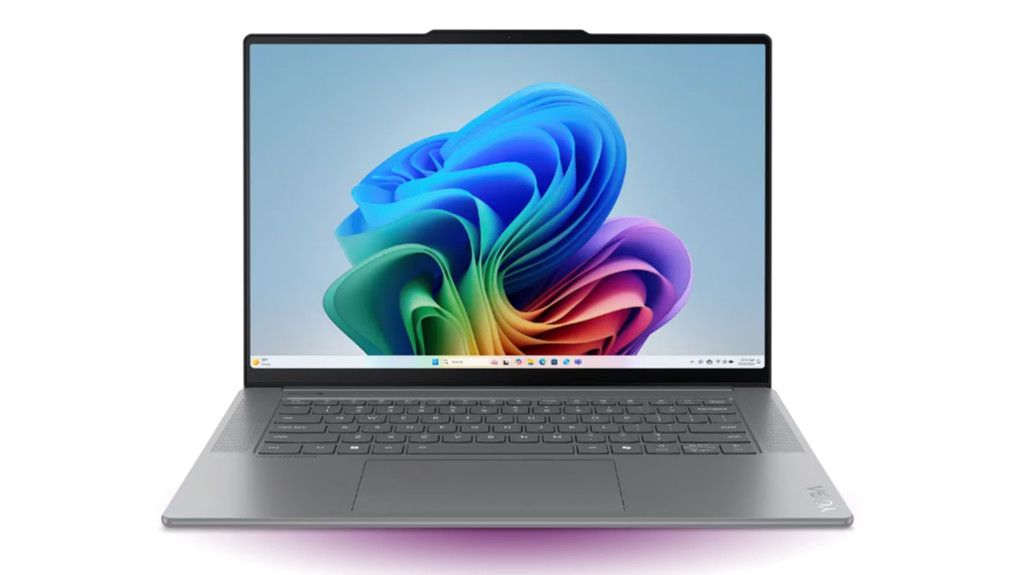Windows 11 enthusiasts are already playing with the new (and controversial) recovery feature that the operating system now has in preview (for 24H2) and have run it on current Arm-based CPUs by tweaking things.
While Recall is present in the recently released preview of the Windows 11 24H2 update, Microsoft makes it clear that the feature will not work on current PCs as it requires a Copilot+ PC (the new name for the 'AI PC'). .
In other words, Recall needs a device with a powerful enough NPU to run it (and other new AI features in 24H2), which is currently just the new Snapdragon X chips (and AMD plus Intel CPUs later).
Even those Snapdragon laptops aren't available yet (they will be next month), but leaker Albacore still managed to tweak the hood of Windows 11 24H2 and get Recall working on a current Arm processor.
Making great progress by enabling Recall on current Arm64 hardware, there's no fancy X Elite in sight! ✨In theory it should also work on Intel/AMD, OEMs only received Arm64 specific ML model packages so there's not much I can do yet. Here's a little demo video showing screenray 🪄 pic.twitter.com/w57fF1LxiNMay 23, 2024
You can watch a video of the Recall call on a standard Windows 11 PC (non-Copilot+) in the post above on X (formerly Twitter). As Albacore says, it shows 'screenray' in action, which refers to the context-sensitive mode you enter when you find something using Retrieve and select it.
As you can see, if the search result you want is a text file, screenray presents options related to what you'll need to do: copy and paste text. Or if it's an image, you'll have options to copy the image or open it for editing in an app.
Analysis: Works as expected
It's great to see this feature working on a processor without the power needed in terms of a powerful NPU (like the new Snapdragon X silicon sports car), but at the same time, it illustrates why that NPU is needed. As you've probably noticed, the interaction with Recall and screenray seems a bit slow here – what the NPU does is provide specific AI acceleration to ensure this process runs smoothly.
Also, the feature is still in testing within a preview here, and that won't help either.
Albacore even seems to be hopeful that Recall will work not only on current ARM chips, but also existing AMD and Intel (x86) CPUs, which also cannot officially run the feature. (Again, even the current generation processors in the Red and Blue computers lack an NPU with sufficient raw power.)
If that happens, we can expect a similar experience to what we see here, but it's not possible yet as Microsoft has only provided the machine learning model packages for Arm to laptop manufacturers. These don't exist yet for AMD or Intel CPUs (as they aren't needed: Lunar Lake and Strix Point, which will power Copilot+ PCs, are still far from release, but are expected to debut before 2024). .
Ultimately, this is an interesting hack for now, but it's probably a bad idea to try to get Recall to work on a PC it's not designed for. Simply because there may be scenarios where it really stagnates, such as when you have a larger, more extensive snapshot library built up, and there are certainly good reasons why Microsoft has implemented the aforementioned NPU requirement.
Mind you, not everyone wants Recall, anyway: certainly not those more privacy-conscious Windows 11 users who have already made their feelings clear. In fact, a privacy watchdog in the UK is already investigating Recall before Microsoft makes the functionality officially available. The outcome of that investigation will no doubt be interesting, and Microsoft may be worried about another scenario where a major Windows 11 feature is blocked in Europe due to stricter data regulations.
You might also like…

